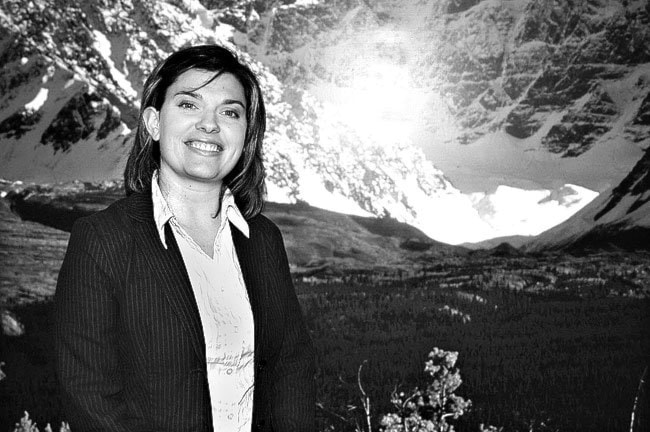More than 150,000 American women answered the call to serve their country during the Second World War.
Many left their homes, mostly in the southern US, to serve all over the world—Africa, Europe, the south Pacific, the Middle East, Australia and in the Yukon.
The Women’s Army Corps began in 1942 as the Women’s Auxiliary Army Corps and soon after five training centres opened across the United States.
Applicants had to be US citizens between the ages of 21 and 45 with no dependents, be at least five feet tall, and weigh 100 pounds or more.
As “auxiliary” the women had no army status until one year later when Franklin D. Roosevelt signed a bill to discontinue the Women’s Auxiliary Army Corps and instate the Women’s Army Corps.
They became the first women, other than nurses, to serve with the US Army.
At first, the idea was a tough sell. Initially both the army and the American public had trouble accepting the concept of women in uniform.
But their skills were sorely needed at home and abroad.
“However, political and military leaders ... realized that women could supply the additional resources so desperately needed in the military and industrial sectors,” wrote Judith A. Bellafaire in an article titled The Women’s Army Corps: A Commemoration of World War II Service.
“Given the opportunity to make a major contribution to the national war effort, women seized it,” wrote Bellafaire.
“By the end of the war, their contributions would be widely heralded.”
Working as typists, radio operators, teletype and telephone operators, postal clerks, chauffeurs, Link trainer operators, and air operations specialists, the women replaced men who had been transferred to more isolated posts.
They received the same pay as the men they replaced, but cost the army about 10 per cent less to feed, because they ate less.
The all-female contingent arrived in Whitehorse on October 16, 1944.
“Some found their 1,300-mile journey from Great Falls a bit rugged, but others came through in fine shape, stepping from the plane in their northern issue clothing and wearing happy grins,” according to an army newsletter from October 21, 1944.
They were welcomed to Whitehorse by a group of airmen and a chorus of huskies.
“Pvt. Jennie Milosevich of St. Louis, one of the earlier arrivals who had spent the morning orienting themselves around the base, was on hand to greet her fellow ‘G.I. Janes’ and rushed to the ramp to say, ‘Gee, we have swell quarters!’” according to the army newsletter.
The women in the Whitehorse contingent were the first Wac outfit to serve in Canada, first of Alaskan Division Wacs to see foreign duty, and the farthest north detachment of Wacs in the world, wrote Staff Sergeant Herman Silverman in an article called Wacs in Whitehorse.
According to Silverman, the women spent a “most exciting day” being outfitted with special supplies designed for the Yukon’s northern climate.
“Jodhpur-type slacks, pile-lined jackets, olive-drab parkas, gauntlets, boots, heavy stockings, mosquito netting, as well as warm unmentionables, kept the gals packing and repacking,” wrote Silverman.
Some of the media coverage of the Women’s Army Corps suggests that they were not taken entirely seriously.
“Of course, each Wac stuffed her cosmetic kit full of ‘essentials’—can’t take a chance of running out of lipstick in the middle of the Yukon!” wrote Silverman.
After the war ended in 1945, all of the Women’s Army Corps training centres closed and although the US government began a recruitment and retainment program only about 6,500 women remained on active duty in the corps by the end of May 1948.
In June 1948, women were integrated into the Regular Army and the Organized Reserve Corps, and a new training centre opened in Virginia.
Thirty years later, in April 1978, the Women’s Army Corps was discontinued altogether and today there is no formal distinction between men and women serving in the US Army.
This column is provided by the MacBride Museum of Yukon History. Each week it will explore a different morsel of Yukon’s modern history. For more information, or to comment on anything in this column e-mail lchalykoff@macbridemuseum.com.
